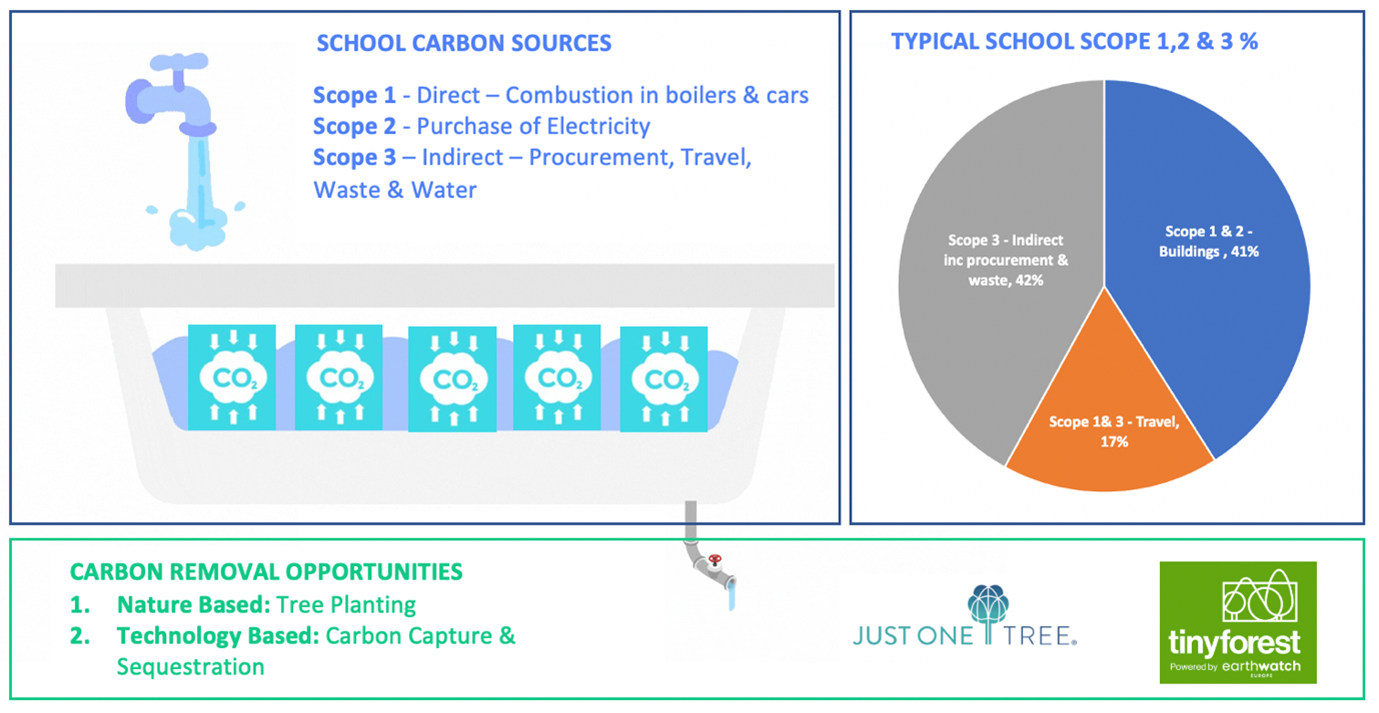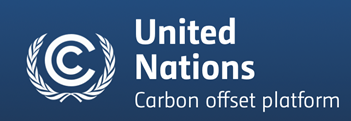What are the Practical Steps Schools & Academy Trusts can take to reduce carbon emissions and move towards a NetZero future? – Part 2 Quick Wins & Simple changes to reduce energy consumption.
This is the second part of a series of blogs, where we aim to answer this question by examining a different aspect of NetZero/de-carbonisation each week and hopefully we will provide some contextualised practical information and guidance for Schools and Trusts. In this week’s blog, we will be breaking NetZero down into its component parts as defined by the Kyoto Protocol and internationally recognised (inc by the UK) through the Greenhouse Gas Protocol Corporate Accounting and Reporting Standard (https://ghgprotocol.org/corporate-standard)
The GHG Protocol classifies Carbon Emissions into three categories as follows:
Scope 1 (direct emissions) – emissions are those from activities owned or controlled by your organisation. Examples of Scope 1 emissions include emissions from combustion in owned or controlled boilers, furnaces, and vehicles;
Scope 2 (energy indirect) emissions are those released into the atmosphere that are associated with your consumption of purchased electricity, heat, steam, and cooling. These indirect emissions are a consequence of your organisation’s energy use but occur at sources you do not own or control.
Scope 3 (other indirect) emissions are a consequence of your actions that occur at sources you do not own or control and are not classed as Scope 2 emissions. Examples of Scope 3 emissions are business travel by means not owned or controlled by your organisation, waste disposal, materials, or fuels your organisation purchases. Scope 3 emissions can be from activities that are upstream or downstream of your organisation.
Readers who work for Multi-Academy Trusts with over 250 members of Staff might well recognise these categories, as they are the same categories that were introduced last year and now need to be reported along with your Trust’s Annual Report as part of the Streamlined Energy & Carbon Reporting (SECR) requirement.

The diagram above provides an indication of how the three-carbon emission categories break down in a typical school environment and the good news is that there are quick wins to be found in each category. This week we are looking at the quick wins to reduce Scope 1 & 2 emissions.
Scope 1 & 2 – most scope 1 & 2 emissions come from the built environment and so whereas in the medium to longer-term there are a myriad of energy-saving technologies that can be deployed to improve building energy efficiency (we will be looking at these in future weeks) there are some easy and quick wins linked to simple behavior changes that can significantly reduce consumption and therefore a School’s Carbon Footprint for example:
Turn things off when not being used! – It’s not uncommon to walk around a School after all staff and students have gone home at the end of a day or even worse during the holidays, and find lights on, computers on, printers on, heating on full blast, etc. Guess what turning things off will also save you money, peak electricity charges for commercial users normally kick in at 4pm and charges are literally twice as much, so if you can get your students, staff, and caretakers to turn things off by 4pm you will save a small fortune. I once worked with a School that empowered their students as energy monitors and one Autistic boy in particular, absolutely loved going around at the end of each school day checking everything was turned off.
Use the Technologies you have at your disposal – Virtually all ICT devices these days have energy-saving features that can be controlled remotely, they just need to be enabled. Get your IT team to invest some time into enabling the energy features not just on PCs and screens but also on AV, Wi-fi, Servers, and infrastructure systems, they don’t need to be on 24/7/365 they really don’t! Water heaters can be very easily controlled by a thermostat and lighting can be controlled by sensors that not only monitor occupancy but also react to ambient light levels.
Building Management Systems (BMS) – It’s not uncommon to find that school caretakers turn heating systems on after October half term and off again at Easter but it doesn’t need to be this way. Most schools have some kind of BMS and if not they are really worth investing in. At their most advanced these system can turn your buildings into intelligent buildings that automatically regulate and optimise your heating and ventilation systems linked to your School Timetable, Staff diaries, Schedules and the weather. But just enabling some features that help regulate and report on systems so that they can be managed in a more responsive way can save significant amounts of energy and improve the Teaching and Learning environments for all.
Vehicles – Most owned vehicles in the context of a School will be Mini-busses and perhaps for some of the larger Trusts maintenance vans. Covid 19 has had a dramatic impact on mileage over the last 12 months but once we are back to normal then I guess the normal rules apply in terms of well-maintained vehicles, correct tyre pressures and responsible driving patterns will return the highest MPG and therefore create a smaller emission footprint. However Electric Vehicle (EV) technology is advancing rapidly and EV Leasing is fast becoming an option for smaller organisations so that as vehicles reach their retirement dates, EVs should become the replacement technology of choice.
NetZero as a definition accepts that it’s simply not possible to reduce all GHG emissions to Zero and so for those emissions that are currently a necessary evil, whilst we change our behaviours and put in place mitigating technologies, then the only option is to Offset.
Essentially Carbon Offsetting for a School or Trust means buying Carbon Credits and or planting Trees. At enFrame we are helping all our pathfinder schools and trusts to switch their energy supply contracts to either 100% renewable or 100% Offset using the UN Certified Carbon Offsetting Platform and we also partner with Just One Tree who work with schools on great education programmes that engage staff and students alike, and their great work has resulted in over 150,000 trees being planted so far https://www.justonetree.life/reforestation-schools-network.html

If you want any help with offsetting or any of the ideas explored above then please contact enframe here.
